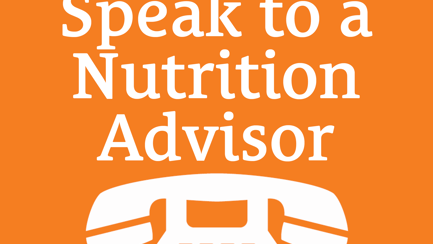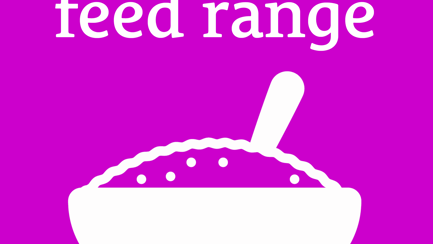Weight Management Tools

Body condition scoring tool
What is it?
Body condition scoring is a method of practically assessing the horse or pony’s level of fat covering across several areas of the body where fat is normally laid down. Follow our guide to assess by eye and by touch using a numerical grading system. We recommend using the 1-9 scale based on the method developed by Henneke et al (1993).
How to use the calculator
- Ensure your horse or pony is stood on a firm, level surface.
- Your horse/pony should be relaxed, bearing weight on all four feet and ideally stood square.
- Score each of the six body areas on the diagram above from 1-9. Click here if you need help with how to score each area.
- Enter your horse's score for each of the six body areas into the calculator to find out your horse's Body Condition Score estimate.
BCS TOOL
Your results
You have scored your horse's body condition as: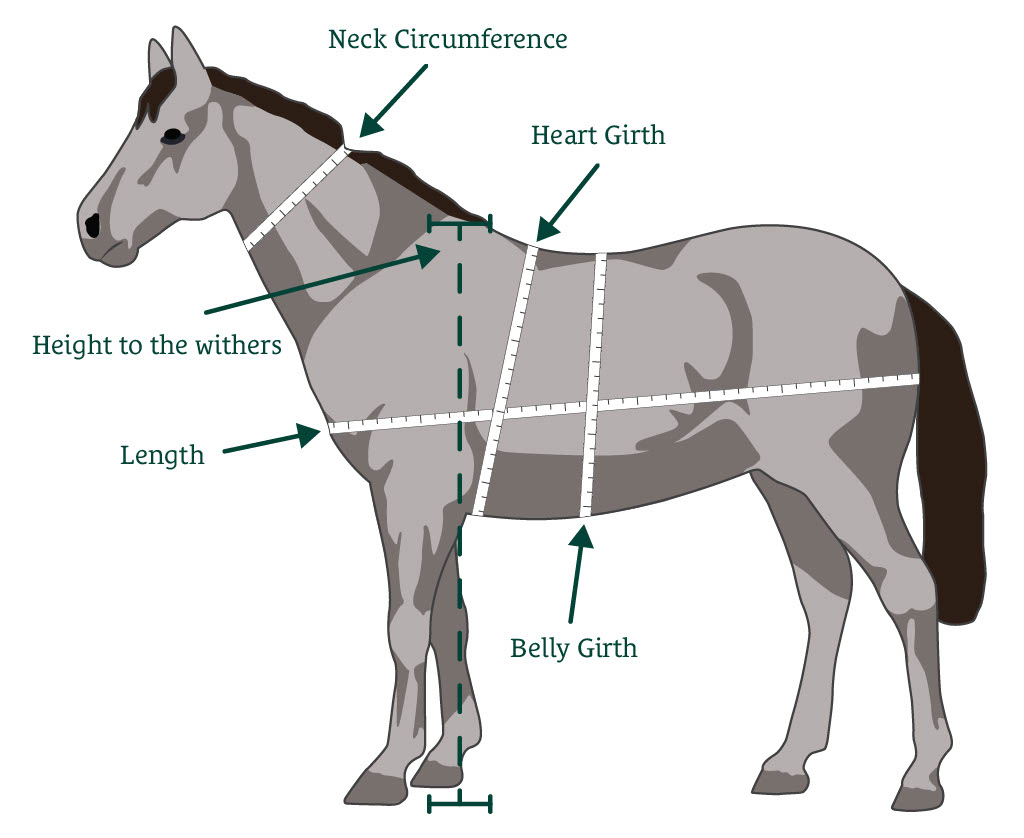
Body condition index (BCI) tool
What is it?
The body condition index (BCI) is a method of assessing body fat similar to the Body Mass Index (BMI) used in humans. It has been primarily developed to identify horses and ponies that are likely to be overweight or obese and may be particularly useful when body condition is monitored by more than one person, or by those less familiar with body condition scoring. A mathematical equation using five body measurements is used to calculate the horse’s final BCI score.
The BCI was developed by The University of Melbourne in collaboration with SPILLERS*
*Potter SJ, Erdody ML Bamford N, Knowles E, Menzies-Gow N , Pippa K. Morrison P , Mc. Argo C, McIntosh BJ , Kaufman K Harris PA, Bailey SR (2023) Development of a body condition index to estimate adiposity in ponies and horses from morphometric measurements Equine Veterinary Journal in press.
How to use the calculator
- Start by tying your horse or pony up on a firm, level surface (concrete is ideal).
- Ideally he should be relaxed, stood squarely and bearing weight on all four feet.
- Measure your horse/pony’s height, length, neck circumference, heart-girth and belly-girth in centimetres as shown in the picture above taking particular care when measuring your horse’s belly girth if this is new to the horse.
- Enter your scores into the calculator below for the final estimate of your horse's BCI score.
GUIDELINES
Neck Circumference: Midpoint of Neck.
Heart Girth: Slight angle behind shoulder.
Belly Girth: Widest point of belly.
Height to withers: Please avoid following the contour of the horse's body for a more accurate result.
Length: Point of shoulder to point of buttock.
BCI Tool
Your results
's body Conditioning Index is: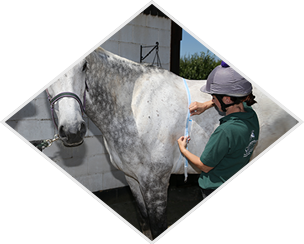
How to use a weigh tape
Weigh tapes are easy to use, and if used in a consistent manner by the same person, they can be very effective for monitoring trends in weight gain or weight loss. Weigh tapes give an estimation of the horse or pony’s weight, but depending upon a number of factors including breed, conformation, fitness etc., their accuracy can vary. If you require an accurate weight for your horse, a weigh bridge may be necessary.
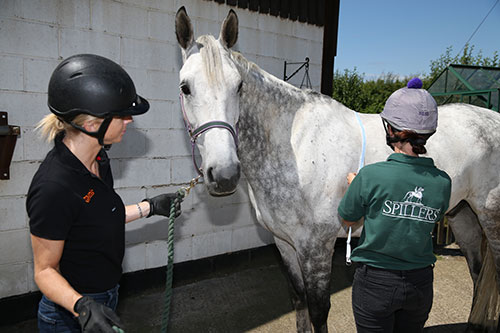
1. Try to make sure your horse is stood as squarely as possible. You may need to ask a friend to help or tie your horse up if safe to do so. Make sure he’s not eating!
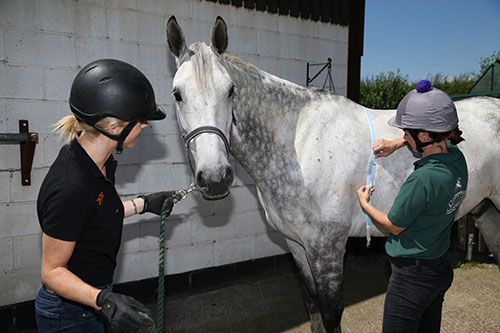
2. Place the weigh tape over your horse's back at the base of their withers, making sure that the black arrow is pointing towards the ground. Next, bring the tape underneath the girth area just behind the foreleg and elbow.
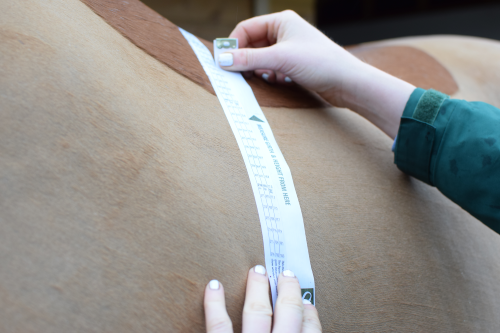
3. The weigh tape is likely to be on a slight angled line (/). This is correct and where the black arrow meets the tape will be the indication of your horse’s estimated weight.
Tips on improving the accuracy of your weigh tape:
- If your weigh tape is positioned on a vertical line then the tape has been positioned too far back and will give an inaccurate reading.
- Always use the same weigh tape if comparing measurements. Ideally your horse should also be weighed by the same person to avoid individual error when monitoring weight over time.
- If possible weigh tape your horse at the same time of day as gut fill can make a big difference.
- Weigh tapes are not accurate for pregnant mares, foals and youngstock, you can contact a nutrition advisor for advice on monitoring their weight and body condition.
Muscle Wastage Scoring Guide
The SPILLERS muscle wastage scoring guide has been developed to help owners identify muscle atrophy or ‘wastage’ in three key areas – the neck, the back and the hindquarters. Each area is assessed separately using one of two scales (A or B) and given a score of 1-4. A score of 1 indicates no muscle wastage whereas a score of 4 indicates severe muscle wastage.
